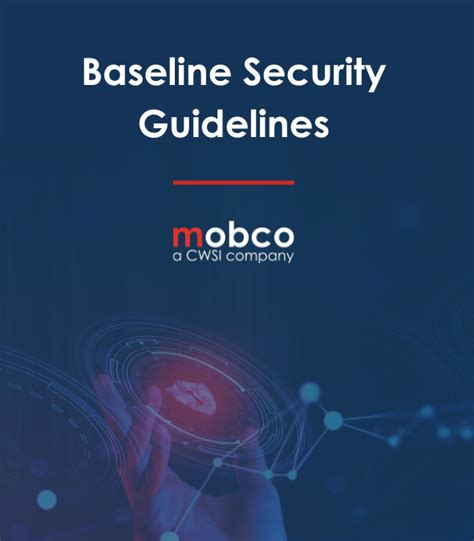The importance of application security cannot be overstated in today's digital landscape. With the rise of online transactions and data storage, the risk of cyber threats has increased exponentially. The Security Technical Implementation Guide (STIG) is a valuable resource for enhancing application security, providing a comprehensive framework for ensuring the security and integrity of applications. In this article, we will explore five ways to enhance application security with STIG.
What is STIG?
Before we dive into the ways to enhance application security with STIG, let's first understand what STIG is. STIG is a set of guidelines developed by the Defense Information Systems Agency (DISA) to ensure the security of applications and systems within the Department of Defense (DoD). However, its application extends beyond the DoD, and its principles can be applied to any organization seeking to enhance its application security.
Benefits of Using STIG
Using STIG to enhance application security offers several benefits, including:
- Improved security posture
- Compliance with regulatory requirements
- Enhanced risk management
- Better incident response

1. Conduct a Risk Assessment
The first step in enhancing application security with STIG is to conduct a risk assessment. This involves identifying potential vulnerabilities and threats to the application, as well as assessing the likelihood and impact of a security breach. STIG provides a framework for conducting a risk assessment, including identifying assets, threats, and vulnerabilities.
- Identify assets: Identify the assets that need to be protected, including data, systems, and applications.
- Identify threats: Identify potential threats to the assets, including malicious actors, natural disasters, and technical failures.
- Identify vulnerabilities: Identify vulnerabilities in the application and systems that could be exploited by threats.

2. Implement Secure Coding Practices
Secure coding practices are essential for enhancing application security. STIG provides guidelines for secure coding practices, including:
- Input validation: Validate all input data to prevent malicious input from being processed.
- Output encoding: Encode all output data to prevent cross-site scripting (XSS) attacks.
- Error handling: Handle errors securely to prevent sensitive information from being disclosed.

3. Use Secure Configuration Management
Secure configuration management is critical for enhancing application security. STIG provides guidelines for secure configuration management, including:
- Configuration control: Control changes to the application and systems to prevent unauthorized changes.
- Change management: Manage changes to the application and systems to prevent unintended consequences.
- Version control: Control versions of the application and systems to ensure that changes are tracked and documented.

4. Implement Secure Authentication and Authorization
Secure authentication and authorization are essential for enhancing application security. STIG provides guidelines for secure authentication and authorization, including:
- Authentication: Authenticate users securely to prevent unauthorized access.
- Authorization: Authorize users securely to prevent unauthorized access to sensitive data and systems.

5. Continuously Monitor and Evaluate
Finally, continuously monitoring and evaluating the application and systems is critical for enhancing application security. STIG provides guidelines for continuously monitoring and evaluating, including:
- Monitoring: Monitor the application and systems for security incidents and vulnerabilities.
- Evaluation: Evaluate the effectiveness of security controls and identify areas for improvement.

Gallery of Application Security






What is STIG?
+STIG is a set of guidelines developed by the Defense Information Systems Agency (DISA) to ensure the security of applications and systems within the Department of Defense (DoD).
Why is application security important?
+Application security is important because it helps to protect sensitive data and prevent unauthorized access to applications and systems.
How can I enhance application security with STIG?
+You can enhance application security with STIG by conducting a risk assessment, implementing secure coding practices, using secure configuration management, implementing secure authentication and authorization, and continuously monitoring and evaluating the application and systems.
We hope this article has provided valuable insights into the importance of application security and how to enhance it with STIG. Remember, application security is an ongoing process that requires continuous monitoring and evaluation to ensure the security and integrity of applications and systems.
